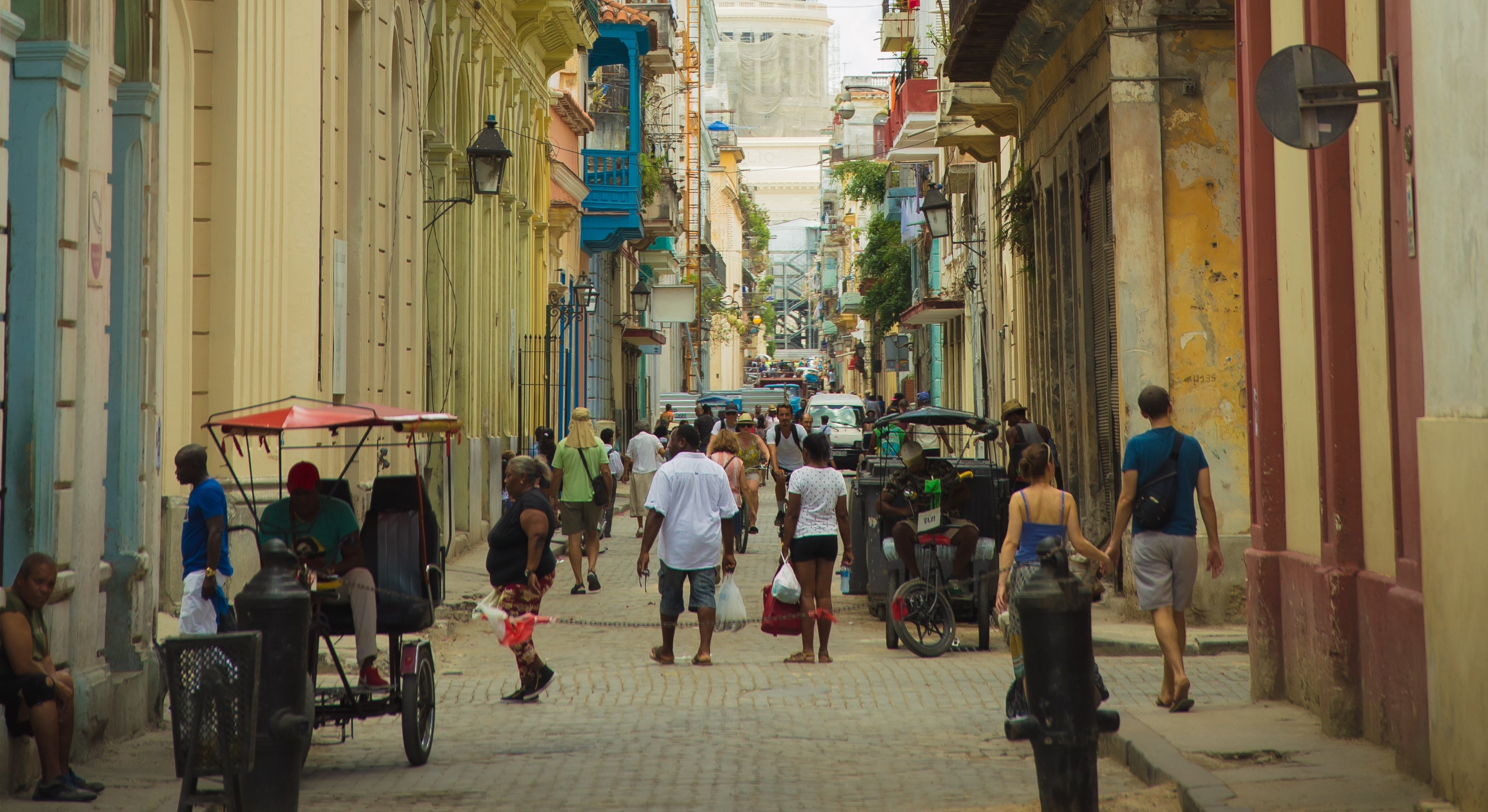Building a greener capital: Havana adopts a SUMP with MobiliseYourCity's support

Havana, the capital city of Cuba with a population of two million inhabitants, possesses a unique polycentric structure and low population density. Like many other urban centres, Havana confronts growing challenges in mobility, including congestion, limited public transportation options, and rising greenhouse gas (GHG) emissions.
Recognising the importance of sustainable urban mobility, Havana has received support from the European Union (EU) through EUROCLIMA+ as part of the MobiliseYourCity Partnership. In collaboration with these initiatives, Havana has undertaken significant efforts to address these challenges by developing a comprehensive Sustainable Urban Mobility Plan and implementing pilot projects. These proactive measures aim to rectify the city's trajectory and pave the way for a sustainable future in urban mobility.
For their daily trips, Havana inhabitants rely heavily on sustainable modes of transport, especially walking (46% of trips) and public transport (44%), with low modal shares for cycling (1%) and private cars (6%). However, the commuting conditions counterbalance the big picture, with long trip duration, limited access to services and inadequate infrastructure.
Havana's SUMP aims to create a sustainable and efficient transportation system. It focuses on preventing a negative modal shift towards private vehicles by modernising public transport, promoting cycling, improving walking conditions, and enhancing accessibility. Concrete measures include pedestrian and cycling infrastructure, public transport restructuring, urban logistics improvements, road safety initiatives, and electric mobility promotion.
To build momentum and showcase sustainable mobility intervention, Havana is implementing several pilot projects. One of them, for example, aims to enhance pedestrian flow and public space usage in the Eje de Galeano area. The pilots aim to reduce pollution, improve pedestrian safety, and enhance access to resources and cultural facilities.
Implementing the SUMP requires significant investment, as Havana's SUMP estimates the capital expenses at around USD 969.5 million, including public transport improvements, non-motorised transport, street shaping, and transport electrification. Financing these initiatives requires changes in the current financing schemes for urban mobility, as well as support from international partners.
Havana's Sustainable Urban Mobility Plan is a crucial step towards a sustainable transportation system. Through pilot projects and interventions, Havana aims to increase public transport, walking, and cycling while reducing congestion and emissions. By investing in sustainable mobility, Havana improves residents' lives and promotes a greener future.